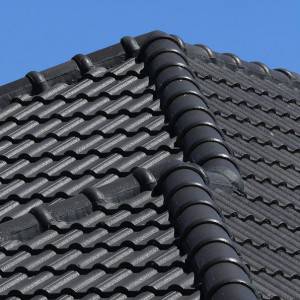Installing metal roofs can be difficult. Read this article to determine if you can do it yourself, or if you need to hire a professional.
Metal roofing has rapidly become a popular alternative to shingle roofs due to its durability. Homeowners who want to install metal roof products will find the task is not quite as challenging as they might imagine.
Still, if you do not have any prior experience with roof repair, it is a good idea to consult with a professional roofer. QualitySmith can assist by walking you through the process to install metal roofing and can help you understand what is involved so that you will be able to decide whether you can handle the project on your own or should hire a contractor.

The first step in the process is obtaining a roofing estimate. Today, there are many different types of metal roof products available on the market. You can select from an array of colors and different styles of metal roof products. As you obtain estimates, be sure to carefully compare roofing prices for various products.
It is also important to compare the length of the roofing warranty available on each product. The cost to install a new metal roof on your home will often vary based on the product you choose. If you ultimately opt to hire a contractor, you will also need to figure in labor to the total roofing cost.
When you install a metal roof, you need to make sure you have the right tools and equipment on hand to complete the job. Necessary items include:
- An extension ladder.

- Nails.
- A level.
- A carpenter's square.
- Tin snips.
- Hammers.
Prior to getting started with laying your new residential roofing, it is important to first check the manufacturer's directions to determine the minimum roof pitch that is required for the installation of that particular product. A level and a measuring square can be used to check the pitch of your roof.
You will need to determine whether your new metal roof can be placed directly over any old shingles that are present, or whether you'll need to remove the current roof. The manufacturer's directions should tell you which types of surfaces the metal roof can be applied over.
In checking the existing roof, be sure to count the number of layers of shingles already present. The number that can be covered by a new roof may be limited due to local building codes, as well as weight constraints.
The manufacturer's directions specify the types of fastening requirements needed for the underlayment. Keep in mind that the underlayment used will need to at least meet local building codes. The underlayment will need to be installed properly to avoid any potential problems with your roof in the future because metal roofs have a tendency for condensation to develop underneath. If this happens, it can result in damage to your roof.

After the underlayment has been properly installed, you can then begin laying the new metal roof. Remember to precisely follow the manufacturer's directions.
Each brand often has its own specific requirements to install metal roof products. Follow requirements exactly, and you will enjoy the benefits of a sound roof for many years to come. If you change your mind on the DIY approach, connect with roofers on Quality Smith.













Write a Comment